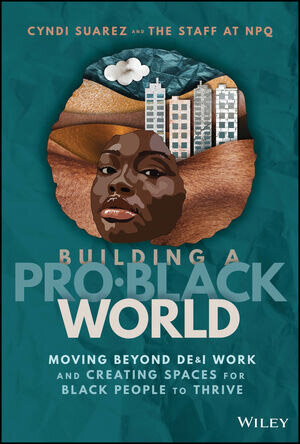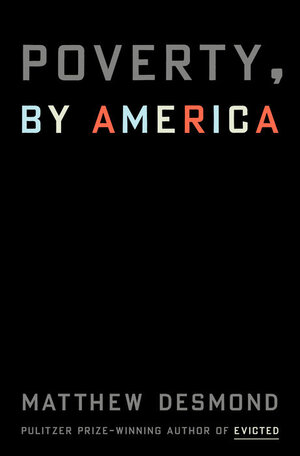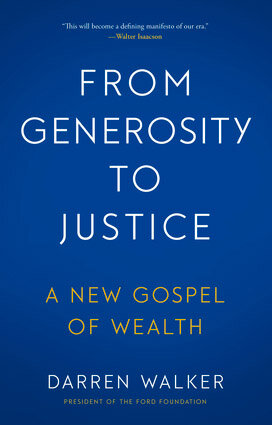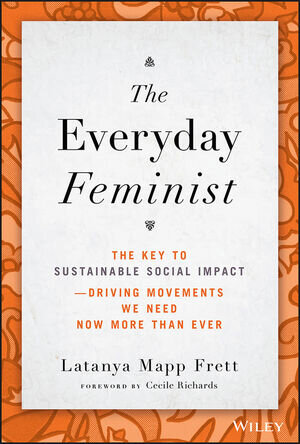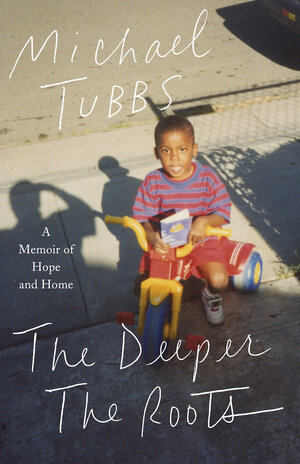Building A Pro-Black World: Moving Beyond DE&I Work and Creating Spaces for Black People to Thrive
Can any one book sum up the totality of the Black experience, including all the needs of its community working for generations to attain the American dream, aiming to prosper, and overcome past wrongs, while the mirror image of past injustices rears its ugly head? No. Yet, in Building A Pro-Black World: Moving Beyond DE&I Work and Creating Spaces for Black People to Thrive, NPQ (Nonprofit Quarterly) president and editor-in-chief Cyndi Suarez and staff attempt to educate and illuminate the multifaceted viewpoints shared by many Black people about the long-standing needs of the Black community to not just survive but thrive. The authors offer a wide-ranging, passionately evoked, insightful, and informative presentation of that effort amid an American culture of white privilege and the struggles, pains, and indignities experienced in the Black community. The book, in chunks of dialogue, statistics, research, and professional and personal anecdotes, showcases what Black people have been discussing in panels, roundtables, online, in private, and on the public stage throughout “the American experiment.”
[Pro-Blackness] can range from building Black power structures in organizations and movements to advancing policies and practices that benefit Black people and looking to center places and spaces where all can thrive, not to the exclusion of one race or another.
Suarez begins with an earnest discussion of what “pro-Blackness” means, which she defines as “not only directly dealing with power but also building power for Black people” and admits can trigger discomfort and misunderstanding among those unfamiliar with the term. She includes several voices indicating that the term can range from building Black power structures in organizations and movements to advancing policies and practices that benefit Black people and looking to center places and spaces where all can thrive, not to the exclusion of one race or another.
The book hits its stride in discussing the characteristics of pro-Black organizations and how they are built and sustained. The authors keenly focus on what an organization embracing this structure looks like on the inside for both the executive teams and the employees, highlighting a few organizations doing the work. For the pro-Black organization, Black leadership and support for Black leaders are crucial as they foster an environment that centers humanity and Black comfort and joy. Such support “ensures staff member well-being, safety, dignity, and advancement by practicing trauma-informed, collective care; prioritizing psychological safety; and restoring worker dignity by providing equitable living wages and building leadership pipelines,” writes Sequoia Owen, founder of The Brilliant Lead.
The book uses journalism to educate its readers and advance discussion in a way with a permanence that a single news article may not. It is presented as a collection of new articles and revisions to previously published content to create a package of stories and informative pieces that collectively paint a fuller picture of pro-Blackness, which conveys a mix of social justice, racial equity, and anti-racist ideologies that are actionable at the organizational level and as a lifetime practice.
The book focuses on the nonprofit sector, as it is more readily inclined to incorporate this shift in approaches to leadership and governance. In presenting the framework for building pro-Black organizations, the writers also focus on what they see as the failings of diversity, equity, and inclusion (DEI) programs. To that end, they feel that confronting anti-Blackness often requires those who suffer the brunt of it to define, defend, and resolve their own experiences with racism and oppression. Conversely, pro-Black power structures urge white staff members and other employees of color to evaluate their own anti-Black biases and challenge the systems and processes that perpetuate white supremacy and anti-Blackness in the workplace.
The writers offer insights and advice on centering Black funds and Black-led organizations as well as ways to focus on philanthropic models that include asset transfers and those that work to redress harms to the Black community, such as supporting land justice, Black farmers and land stewards, and Black feminists. They also examine public safety approaches that protect Black women and girls—whose experiences at the intersection of patriarchal misogyny and anti-Black racism are often made invisible by oppressive narratives that shape the perceptions of Black women.
In presenting the framework for building pro-Black organizations, the writers also focus on what they see as the failings of diversity, equity, and inclusion (DEI) programs.
The book is not just a primer on transforming the nonprofit workplace into places of safety and refuge for Black people but a guidebook on challenging anti-Blackness in many areas of everyday life. There is information concerning democracy and racial justice, including dismantling forms of dis- and misinformation, working toward emotional and healing justice, and other aspects of wellness. The writers dissect and explore anti-Blackness in the U.S. healthcare system, including inequitable care, the drive for profits over wellness, the racial divide that plagues the system that proliferates disparity, mistrust, and threats to health equity.
Given those issues, the writers urge nonprofits to actively embody the principles of health justice, emphasizing the importance of prioritizing Black lives, not only through vocal support for the Black Lives Matter movement but also by addressing Black health comprehensively, including mental well-being.
The book is not just a primer on transforming the nonprofit workplace into places of safety and refuge for Black people but a guidebook on challenging anti-Blackness in many areas of everyday life.
As with any discussion of the success of Black people, the arguments would be remiss not to include the broken promise of reparations that have eluded the Black community since the end of slavery. Suarez and the writers don’t shy away from bluntly pointing out the fact that monetary compensation is still owed and is a factor in the lack of generational wealth attained by Black Americans. Without a doubt, a significant wealth gap persists, and the writers contend that it is imperative to provide restitution as a means of rectification, closure, and a gesture of respect toward Black Americans who have fought, bled, and sacrificed their lives for this nation.
In the final analysis, the thoughts and vision shared in Building A Pro-Black World bring together a multitiered approach for success. Near its end, it discusses the need for building Black wealth and ending racial and economic injustice through support for the Black community in its goal to retain democracy and investment in its future. As Alicia Garza, founder and principal of Black Futures Lab and Black to the Future Action Fund and a co-founder of the Black Lives Matter Global Network, notes, “What is good for Black communities is what’s good for the country, as Black communities are a bellwether of our society.” Garza emphasizes the importance of addressing the comprehensive needs of the Black community, and by doing so, everyone’s needs are met. This includes ensuring livable wages, affordable housing, quality health care, and physical, social, and emotional safety. In addition, it involves empowering individuals to have agency in shaping and altering the rules that impact their lives.
The thoughts and ideas presented by the contributors to Building A Pro-Black World are moving, engaging, and expansive and offer a powerfully vital tool in this unique work. It would be an asset to have on any organization’s shelf, in our public libraries, and would equally belong on a syllabus or a coffee table.
Lauren Brathwaite is content editor at Philanthropy News Digest.


